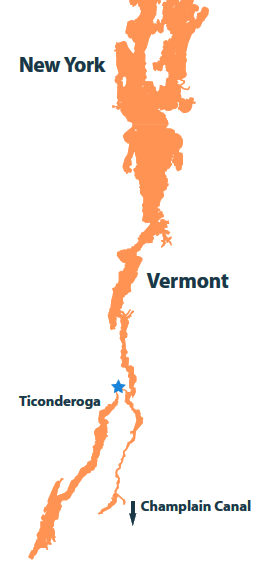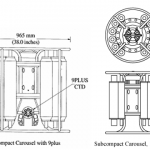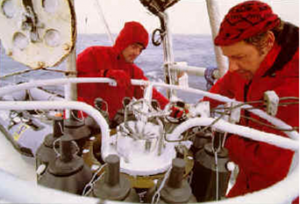The R/V David Folger’s route home takes it north along the Hudson River and then through the Champlain Canal to Lake Champlain. On July 30, Vermont Senator Patrick Leahy asked the State of New York to close the Champlain Canal immediately, to prevent the spiny water flea from reaching Lake Champlain. However, the State of New York has declined to close it, and it remains open while alternatives are under discussion.
The spiny water flea is a serious threat to the lake’s ecosystem.

The La Chute River enters Lake Champlain near Ticonderoga, New York. Lake George is the body of water on the far left.
We have been working with New York officials to determine what we need to do before we can pass through the Canal. Thanks to its design, the Folger does not carry ballast water, which is a common way that the invasive pest is transmitted to new areas. Today we learned that we are required to wash the decks and bilges thoroughly before we can come through the lock system into Lake Champlain. Given the timing, it has taken more than a week for this issue to be resolved.
Sadly, the Canal is not the only conduit for invasive species. The presence of the spiny water flea in Lake George was recently confirmed. Although Lake George is not connected to the Champlain Canal, it drains north into Lake Champlain through the La Chute River, a short watercourse.
Even if the Canal is closed, or an effective barrier can be devised to prevent the pest from migrating through the Canal, the spiny water flea has other options for invading.



